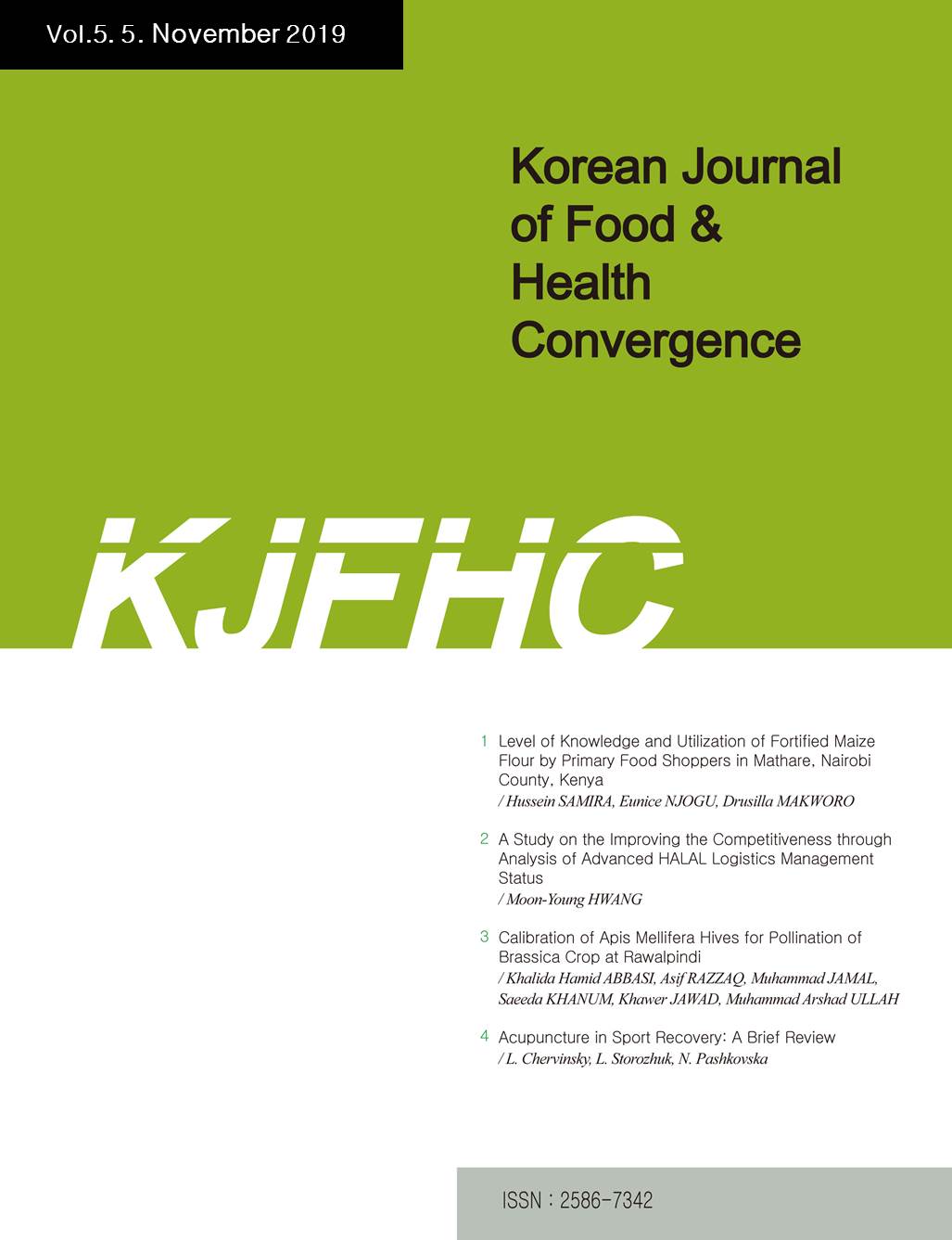 E-ISSN : 2586-7342
E-ISSN : 2586-7342
Vol.4 No.2
Abstract
Background: the self-regulating in adolescent's smokers as prevention is one of the lines of the work team in the consultation of Ceasing Tobacco. Objective: to identify the factors of risks that impact in the self-regulation to prevent the tobacco in adolescents. The investigation embraced one period from March 2017 to September 2018. Method: a descriptive study of traverse court was used. Registered to 31 students for sampling intentional non probabilistic, of an universe of 50 adolescent students. It was used empiric methods; clinical histories, interviews structured and the questionnaire. Conclusion: the female sex prevailed, where 54,8 % between the 12 to 19 years of age. Results: the incidence the factors of risks that impact in the self-regulation to prevent the tobacco in adolescents are the group contagion with 54,7 %, family problems for a 29,0 % and situational depression with 16,1 %, where it is necessary the self-regulation that should have the adolescents in the life.
Abstract
Salinity is one of the major and increasing problems in irrigated agriculture in Pakistan. Salinity stress negatively affects the growth and yield of plants guar (Cyanoposisa tetragonoloba). This experiment was conducted to evaluate the effects of (<TEX>$4dSm^{-1}+13.5(mmol\;L^{-1})^{1/2}$</TEX>, <TEX>$5dSm^{-1}+25(mmol \;L^{-1})^{1/2}$</TEX>, <TEX>$5dSm^{-1}+30(mmol\;L^{-1})^{1/2}$</TEX>, <TEX>$10dSm^{-1}+25(mmol\;L^{-1})^{1/2}$</TEX> and <TEX>$10dSm^{-1}+30(mmol \;L^{-1})^{1/2}$</TEX>) on biomass yield of guar against salinity tolerance. Maximum biomass yield (<TEX>$54.50gpot^{-1}$</TEX>) was produced by <TEX>$4dSm^{-1}+13.5(mmol\;L^{-1})^{1/2}$</TEX> treatment. Biomass produce was reduced with the increase of the salts toxicity. Minimum biomass yield (<TEX>$30.17gpot^{-1}$</TEX>) was attained under <TEX>$10dSm^{-1}+30(mmol \;L^{-1})^{1/2}$</TEX>. <TEX>$5dSm^{-1}+25(mmol\;L^{-1})^{1/2}$</TEX> treatment exhibited improved outcome i.e. the least diminution % over control (18.66). Salinity cum sodicity showed staid effect on the growth reduction from 18.66% to 44.64%. This reduction fissure was impacted by the toxic effect of salinity and sodicity on Guar growth. Salinity- sodicity behaved toxic impact on the growth reduction from 18.66% to 44.64%. Based on the findings, guar (Cyanoposisa tetragonoloba) grows better at <TEX>$4dSm^{-1}+13.5(mmol \;L^{-1})^{1/2}$</TEX> treatment.
Abstract
Acupuncture has been clinically used to treat patients suffering from eye disease. It has been used in efforts to help preserve vision for those with a wide range of eye conditions including glaucoma and intraocular hypertension. High intraocular pressure (IOP) is usually associated with glaucoma and conventional treatment is focused on lowering IOP. Controlling this risk factor should help hasten the onset of glaucoma for those patents that are suspect or borderline candidates for glaucoma. In review of the limited scientific research there are not many studies that support conclusive evidence for the use of acupuncture on eye diseases and particularly glaucoma and ocular hypertension. For the information that does exist, diverse results from various interventions make it difficult to draw clear conclusions. The existing studies use different acupoints, techniques, frequencies, and durations. Individual treatment strategies according to the practitioner's subjective experience, patient condition, and the use of other complimentary and natural strategies is ideal for taking a more dynamic and wholistic approach to getting results. Until more pragmatic research models are funded and implemented, case reports can offer good examples of experiential and objective outcomes. This case report presents a 61 year old healthy female patient diagnosed with open-angle borderline glaucoma with elevated IOP. The patients IOP was successfully reduced with 12 treatments over three months using scalp electro-acupuncture and distal Master Tung points.
Abstract
Carica papaya is an important medicinal plant used in the management of different disease conditions. Phytochemical screening was carried out using different chemical test, Percentage yield and total phenolic content was evaluated using Folin Ciocalteu method in different solvent system; methanol, ethanol, ethyl acetate, n-butanol and n-hexane respectively. The phytochemical screening of the studies showed the presence of flavonoids, saponins, tannins, terpenoids, glycosides, steroids, carbonhydrate, anthraquinone and alkaloids. The percentage yield of crude extract and total polyphenol content was high in methanol, ethanol and ethyl acetate when compared with n-butanol and n-hexane. The studies show that Carica papaya leave extracts is a potent source of secondary metabolites. The use of the plant in the management of diseases is justified.
